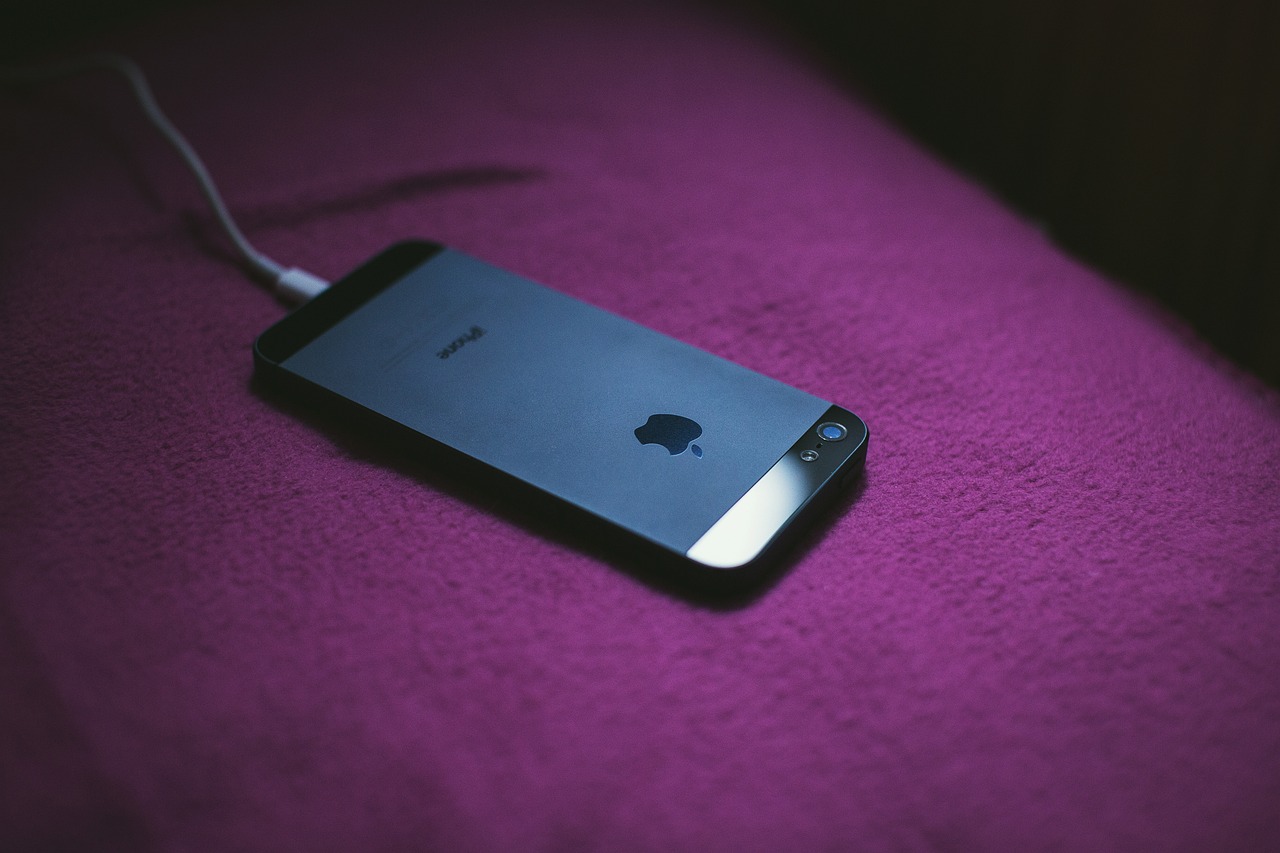Want to be successful on social media? Check out tips on how to improve your photos.
Taking a selfie isn’t just about opening your phone’s front-facing camera, reaching out and pointing the lens at yourself. Simple techniques can help you take better photos of yourself or a group of people. A good self-portrait involves creating a scene with good lighting, angles and poses, and using props whenever possible to enhance the result.
While selfies may seem like nothing more than vanity, self-portraits have been a popular form of photography throughout the history of photography as a way to express your vision of the world. Read on for tips on how to take great photos.

Lighting adjustment
A good selfie has enough lighting. It doesn’t blow out everything in the sun or hide your face in shadows. The selfie looks great in bright light, but without direct light on your face. You can use the light from windows to act as directional lighting.
A simple option that produces good images, not just selfies in general. The idea here is to play with the light indirectly, rather than shining the light directly on the face. Stand slightly to the side, not facing the window, for example. It is also useful to adjust the exposure (the amount of light the camera sensor receives) when clicking. Tap on the screen “above” the person you want to photograph and adjust the exposure a little so that the image is not blown out or too dark.
Night photos
For dark photos, remember that your phone has a night mode for taking photos in low light. However, it takes a few seconds to take a photo. If you don't know how to wait and are already out of position, your photo may end up blurry.
A good option is to use the flashlight on another cell phone. Accessories such as LED lights also help to illuminate dark scenes. Many phones (Android or iPhone) light up the screen when clicked, they appear white, but then the image turns on.
Clean the camera
For sharper, smudge-free photos, use a microfiber cloth or flannel before taking the photo. When a point of light in the scene becomes a line on the screen, or a blur, the lens needs to be cleaned.
Use phone camera
Instead of taking pictures with the camera feature from the social network, use the phone's “native” camera app. They are usually of higher quality.
Good angle
Simply focusing on your face and clicking away won’t make a good selfie. It’s a good idea to figure out the best angle for your face in relation to the camera position, such as your neck slightly forward or your arms up. Raising your camera a little higher can also help. To take good selfies at clubs and weddings, it’s worth practicing at home. And don’t forget to smile naturally.
Use timer
Your best selfie buddy is a timer. Especially if your goal is to capture more detailed photos than just your face (like a full-body pose). The countdown allows you to simultaneously press the button and take a photo.
A timer also helps you take less blurry photos. This is because your finger is not on the phone screen when you click.
Group photos
It’s also a good idea to have a timer at this point. To accommodate everyone, the person holding the camera can stand in the front, in the foreground, and the other person in the back. For example, you might remember an old album cover where people are sitting on stairs, some standing up and some crouching down.
Turn on portrait mode
Backgrounds in photos aren’t always helpful. A blurry wall or a crowd at a concert can affect the outcome of your selfie. In this sense, portrait mode is your greatest ally, blurring the background and highlighting only the person (or group) in the foreground.
Both Android and iOS mobile phones have a portrait mode selfie function. It is also designed to take photos in dark scenes with a backdrop, with the background blurred to emphasize the face in front.
Invest in accessories
This is optional, but can help improve lighting with portable lights. It can also help stabilize the image with tripods and swivel mounts. One trend is magnetic or snap-on mounts for phones, and there are also Bluetooth-connected controls for taking selfies with the rear camera.
Take it easy on the editing
Did you take a selfie and didn't like it? A editing application Image editing can help improve the final result, but not excessively. Don't use filters that change your face too much, it will become too sharp and the photo won't look as good.



